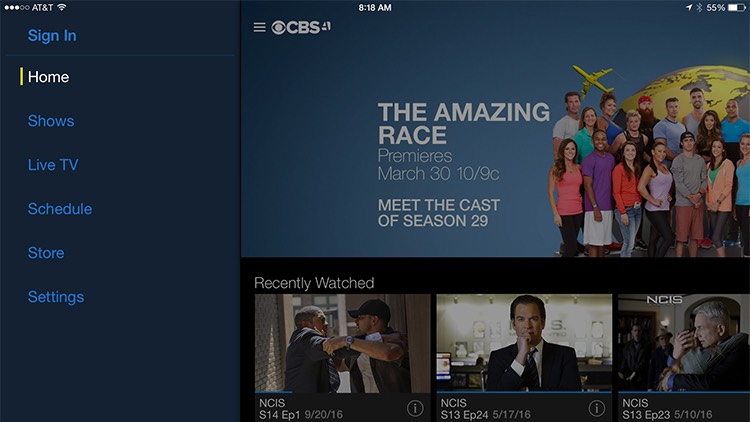Syncbak Takes OTT Live, Local

As a new breed of virtual multichannel video programming distributors flood the market, it’s abundantly clear that providing access to local live broadcast-TV channels has become a key component of their respective programming lineups.
Though access to those stations remains somewhat spotty among the current crop of over-the-top TV services, it has become an expanding centerpiece for vMVPD services such as Sling TV, DirecTV Now and PlayStation Vue. That will no doubt also be the case for soon-to-launch live TV services from YouTube TV and Hulu.
But delivering those signals digitally, while following all of the sometimes-knotty business, copyright and distribution rules, is far from easy.
One company that has been particularly effective at simplifying and streamlining this riddle is Syncbak; the broadcaster-backed company has hung its hat on streaming live, in-market broadcast TV signals to smartphones, tablets and other connected devices.
Syncbak recently reached a milestone by capturing and preparing 2.5 million hours of live local TV programming on an annual basis for OTT delivery, as its platform, called SimpleSync, currently ingests more than 400 TV stations across 161 markets representing 51 broadcast groups.
Syncbak, which supports the CBS All Access standalone OTT service, should hit the 3 million mark within the next 30 to 45 days, according to company CEO and founder Jack Perry.
“I think that [the virtual MVPDs] are all, universally, waking up to the fact that live local is important, and it’s going to finish out their products,” Perry said.
The smarter way to stay on top of broadcasting and cable industry. Sign up below
But during the rush to fill that demand, broadcasters and vMVPDs have also had to think through how to execute in a way that ensures, for example, that local feeds correspond to the correct market, and that dynamic ad insertion, blackout restrictions and other local TV intricacies are supported.
Syncbak’s approach is to provide a scalable way for stations to simplify the way they ingest and prepare their local over-the-air signals for digital delivery by the stations themselves or by OTT distribution partners.
CENTRAL CONTROL
The approach gives those stations “one central nervous system” to source their signals to the OTT players, rather than having to rely on a bunch of one-off solutions for each vMVPD that enters the market, Perry explained.
Syncbak charges a flat rate of $1,500 per month to acquire a station’s signal, get it on the cloud, and enable the handoff to the OTT partner. That, Perry said, provides a price that can accommodate the businesses of stations serving markets of any size.
“We want to be the standard,” Perry said, acknowledging some OTT TV providers coming into the market are trying to take on those challenges by themselves, and could use convincing.
“We are open to discussions with all of them and we’re having discussions with some of them at the moment,” Perry said of the recent surge of vMVPDs entering the market.
Gray Television is literally all in when it comes to support for Syncbak and its technology. Gray, which operates more than 100 Big Four broadcast affiliates around the country, plus The CW and others, is the first broadcaster to standardize all its stations on Syncbak.
THE JOB IS TO SERVE
“We know it’s our job to be where our viewers want us,” Jason Effinger, Gray Television’s chief digital and technology officer, said. “Whether it’s broadcast or on a mobile device, our job is to serve.”
Effinger said Syncbak’s technology is proven and has enabled Gray to properly prepare its local live TV feeds for OTT distribution and do it at scale, whether it’s for major markets or smaller ones such as Twin Falls, Idaho, or Lincoln, Neb.
He said Syncbak’s platform gives Gray a streamlined way to repurpose its signals for OTT to as many vMVPDs as want them while adhering to all of the rules and nuances of digital distribution. And it can do so using one platform and avoid having to support multiple, one-off solutions that could present Gray and others with a severe operational and technology challenge.
“I can’t have, and shouldn’t have, 20, 30, 40 boxes lined up at a local TV station, all sending a separate signal, and having to manage all of that at every single location,” Effinger said.
